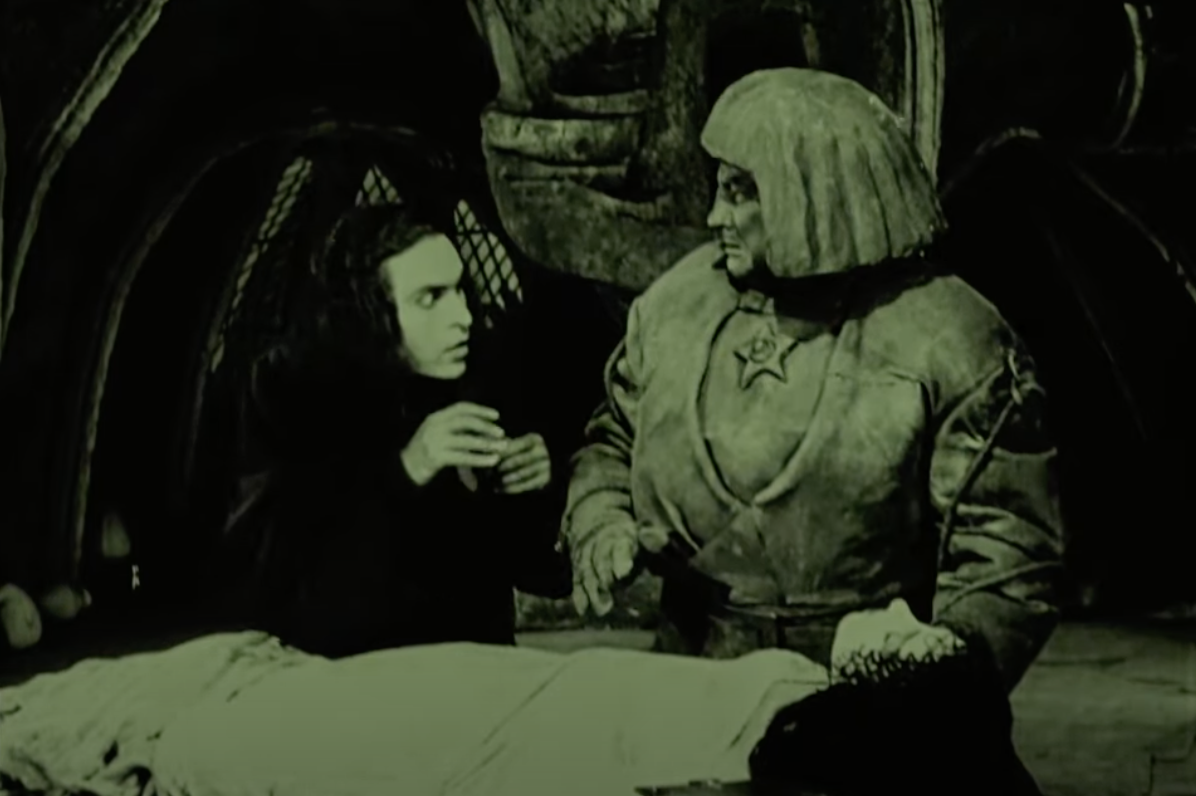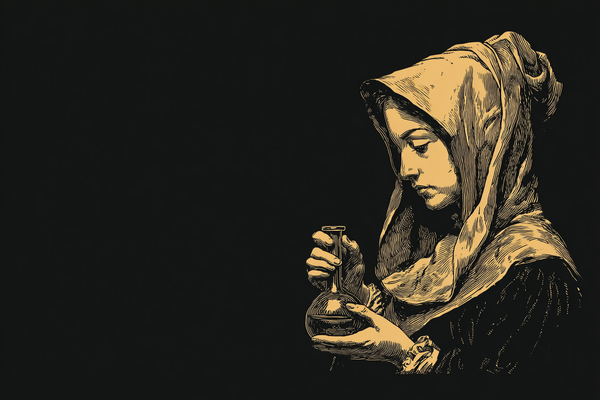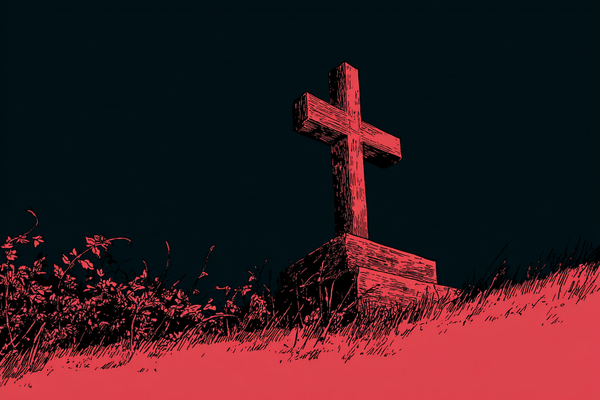Movie Tip: The Golem, How He Came into the World (1920)

Cinema, like myth, has its monsters. One of the most fascinating early examples is The Golem, How He Came into the World (1920), a cornerstone of German Expressionism and a film that blends folklore, mysticism, and the anxieties of a turbulent era.
The legend behind the film
The story of the Golem comes from Jewish folklore. In 16th-century Prague, Rabbi Judah Loew ben Bezalel—the Maharal—was said to have shaped a man of clay and brought him to life using sacred incantations. This Golem would defend the Jewish community from persecution, but when it grew violent or uncontrollable, it had to be deactivated by removing the shem, a slip of paper inscribed with God’s name, from its mouth or forehead.
The legend embodies a paradox: protection and danger, creation and destruction, faith and forbidden power. These tensions were fertile ground for filmmakers in the years after World War I, when German audiences were already haunted by collapse, debt, and rising anti-Semitism.
From trilogy to survival
Paul Wegener, an actor and director fascinated by myth, made three Golem films between 1915 and 1920. The first two (The Golem [1915] and The Golem and the Dancing Girl [1917]) are now lost. The 1920 film, co-directed with Carl Boese, is both a prequel and the only survivor: The Golem, How He Came into the World.
It tells how Rabbi Loew (played by Albert Steinrück) creates the Golem (played by Wegener himself) to save Prague’s Jews from expulsion decreed by Emperor Rudolf II. As the clay giant comes to life, it becomes both savior and menace—a being of great strength but little understanding.
Expressionist architecture on screen
One of the film’s lasting triumphs lies in its sets, designed by the architect Hans Poelzig. Poelzig built a stylized Prague of twisting alleys, distorted arches, and looming walls—an architecture of unease, echoing the crooked logic of dreams. These exaggerated forms would influence not only German Expressionism but also the look of horror cinema for decades, from Frankenstein (1931) to The Cabinet of Dr. Caligari (1920), released the same year.
The chiaroscuro lighting, the ritual scenes in Rabbi Loew’s study, and the Golem’s lumbering presence all contribute to an atmosphere that is both mystical and claustrophobic, a world where faith, fear, and forbidden knowledge collide.
Why it matters
The Golem is more than a silent horror film. It is:
- A cultural mirror: reflecting both the precarious place of Jewish communities in early modern Europe and the unease of post-war Germany.
- A meditation on creation: asking what happens when humans take on divine powers.
- A cinematic milestone: part of the birth of horror cinema and an ancestor to all cinematic creatures of clay, flesh, and shadow that followed.
The Golem itself foreshadows later figures like Frankenstein’s monster, the android Maria in Metropolis (1927), and countless golems and homunculi in fantasy, literature, and video games.
Where to watch
Today, The Golem, How He Came into the World survives in restored versions, with different musical accompaniments. The full film is available on YouTube and archive platforms. Despite its age, the images still feel uncanny—an echo from a century ago, where cinema first grappled with the same myths that still haunt us.
The Crazy Alchemist takeaway
To watch The Golem is to glimpse the crossroads of folklore, alchemy, and cinema. It is clay given motion, myth given form, and anxiety given shadow. More than a movie, it is an act of cultural memory—one that reminds us how easily the beings we create to protect us can slip beyond our control.





